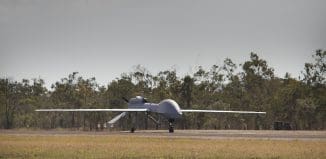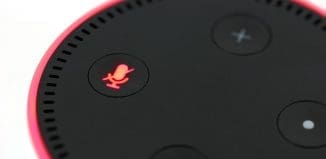New Role of Acoustic Sensors
This post is also available in:  עברית (Hebrew)
עברית (Hebrew)
An increasing public safety and security risk has been posed by unauthorized drone flights. The U.S. Federal Aviation Administration (FAA) currently receives more than 100 reports each month regarding this problem.
A new technology suggests a safe, affordable way to neutralize rogue drones – without having to shoot them down or force them to crash-land – even in civilian settings such as large outdoor entertainment arenas and airports. The system disrupts communication between the pilot and the drone. It detects the drone, finds out what language the drone speaks, activates an emulation system that mimics the drone’s language, and snatches control away from the pilot
The new technology that detects and commandeers unauthorized drones, guiding them to land safely, will be commercialized under a licensing agreement between Embry-Riddle Aeronautical University and Drone Defense Systems from Florida.
The system leverages a network of wireless acoustic sensors to identify a flying drone.
To distinguish drones from birds, Embry-Riddle faculty member Dr. Houbing Song and his Ph.D. students built a computer-based “brain” called a neural network that is continuously learning and therefore getting smarter. After the system confirms a drone, the acoustic sensors, working in tandem with beacon receivers, transmit information to a control center.
If the drone is on an unauthorized flight, Song’s system uses sophisticated pattern-recognition techniques to decipher the drone’s video-streaming channel and interrupt the broadcast with a warning message.
The system can also hijack the drone’s communication channel to trigger its pre-determined return flight, or otherwise trick the drone into leaving the area, according to hpc.msstate.edu.






























